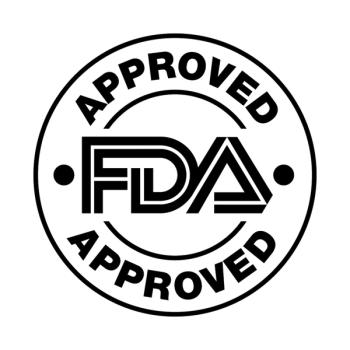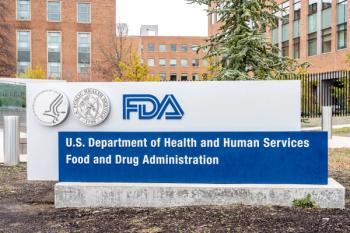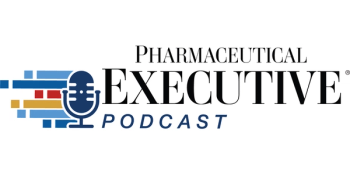
HMOs watch profits slide
While 1998 may be a blockbuster year for pharmaceutical sales, health maintenance organizations may find themselves wishing for happier times.
While 1998 may be a blockbuster year for pharmaceutical sales, health maintenance organizations may find themselves wishing for happier times.
According to a recent study of HMOs, conducted by Milliman and Robertson, a Milwaukee-based actuarial and consulting firm, the average HMO's profitability as a percentage of premium revenue declined for the second straight year.
"The inability of HMOs to raise rates in the past few years, combined with the relative decline in cost savings, has eroded HMO profitability to marginal earnings," said Steve Cigich, the primary consulting actuary who conducted the firm's most recent study.
"HMOs are at a critical juncture and actions taken now will impact how well they survive the next few years," he added. "They must increase revenue while reducing costs. Look for a combination of increased premiums, tighter utilization controls and more risk being passed on to the providers of care."
According to the study, which Milliman and Robertson conducts annually, monthly book premium rates - the rates HMOs require to achieve budgeted revenue targets - declined on a national average by 2%. On average, the 1997 rate per member per month was $130.34, in contrast to $132.30 in 1996.
Broken down by region, New England HMOs had the highest monthly book premium rates at $158.43, while those in the mid-Atlantic region held on to monthly rates of $140.55 per member per month. HMOs in the Pacific region had the lowest rates at $110.79.
Underscoring the bright future some industry watchers have predicted awaits the pharmaceutical industry, the study found that hospital utilization dropped while prescription-drug use rose.
The number of hospital admissions remained at the same level as 1996, but the total inpatient days per 1,000 members declined 5% from 260 days in 1996 to 247 days in 1997. Meanwhile, the number of pharmaceutical prescriptions written per 1,000 members increased from 6,223 in 1996 to 6,801 in 1997.
"This may indicate that HMOs are treating more conditions pharmaceutically," Cigich said.
Newsletter
Lead with insight with the Pharmaceutical Executive newsletter, featuring strategic analysis, leadership trends, and market intelligence for biopharma decision-makers.





